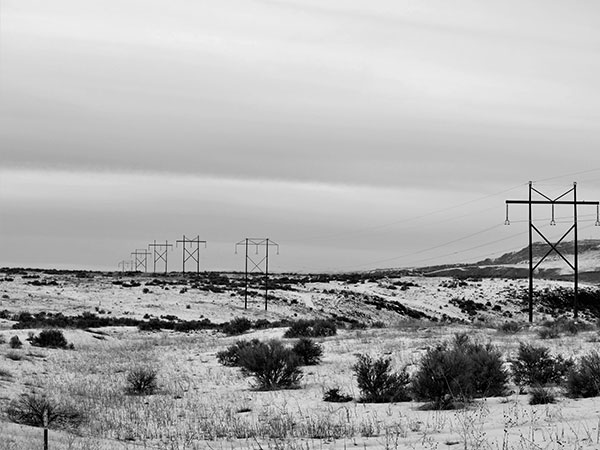Cold weather can affect
fiber optic cables, but they are generally more resilient to temperature extremes compared to other types of cables, such as copper. However, certain factors related to cold weather can still impact fiber optic cable performance and longevity. Here’s how cold weather can affect fiber optic cables and what measures can be taken to mitigate these effects:

Expansion and Contraction:
Temperature fluctuations can cause the materials in the cable, including the fiber, cladding, and outer sheath, to expand and contract. This can lead to mechanical stress and potential microbends or macrobends in the fiber, which can affect signal transmission.
Brittleness:
Extremely low temperatures can make the cable materials more brittle, increasing the risk of physical damage during handling or if the cable is subject to movement.
Ice and Snow Accumulation:
Accumulation of ice and snow on aerial fiber optic cables can add weight and cause sagging or tension, potentially leading to physical damage or breakage.
Moisture Ingress:
Freezing and thawing cycles can cause moisture to penetrate poorly sealed cables, leading to potential damage when the water freezes and expands.
Mitigation Measures
Use Appropriate Cables:
Choose fiber optic cables designed for outdoor and harsh environments. These cables often have enhanced protective coatings and materials that can withstand temperature extremes and mechanical stress.
Proper Installation:
1. Ensure cables are installed with adequate slack to accommodate expansion and contraction.
2. Avoid tight bends and ensure the minimum bend radius is maintained during installation.
3. Use proper strain relief techniques to prevent stress on the cables.
Protective Enclosures:
1. Use protective enclosures and conduits to shield cables from direct exposure to cold weather and mechanical stress.
2. For aerial cables, ensure they are properly supported to prevent sagging under the weight of ice and snow.
Regular Maintenance and Inspection:
1. Perform regular inspections, especially after severe weather events, to check for signs of damage or stress.
2. Use OTDR testing and other diagnostic tools to monitor the integrity of the cables and detect potential issues early.
Moisture Protection:
1. Ensure all cable joints and connections are properly sealed to prevent moisture ingress.
2. Use gel-filled or water-blocking cables in environments where moisture penetration is a concern.
Best Practices
Temperature Ratings: Check the manufacturer's specifications for the cable's operating temperature range and ensure it is suitable for the expected environmental conditions.
Handling in Cold Weather: Handle cables carefully during installation and maintenance in cold weather to avoid causing brittleness-related damage.
Preventative Measures: Implement preventative measures such as de-icing systems for aerial cables in regions prone to ice accumulation.

By considering these factors and taking appropriate measures, you can mitigate the impact of cold weather on
fiber optic cables and ensure reliable performance even in extreme conditions.


